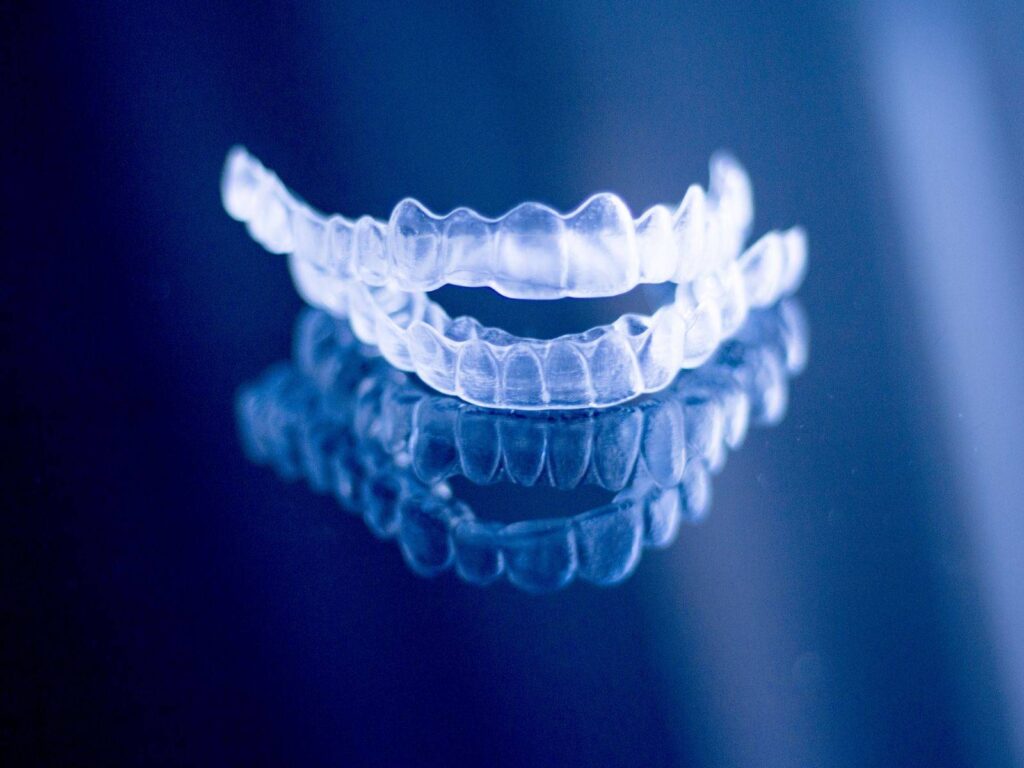Removable Appliances Some orthodontic appliances are removable, meaning the patient can put them in and take them out when desired. Many of these appliances are used to correct only minor discrepancies. Their main advantage is that the patient is able to clean their teeth easily, but the main drawback is they do not work if not worn correctly.

